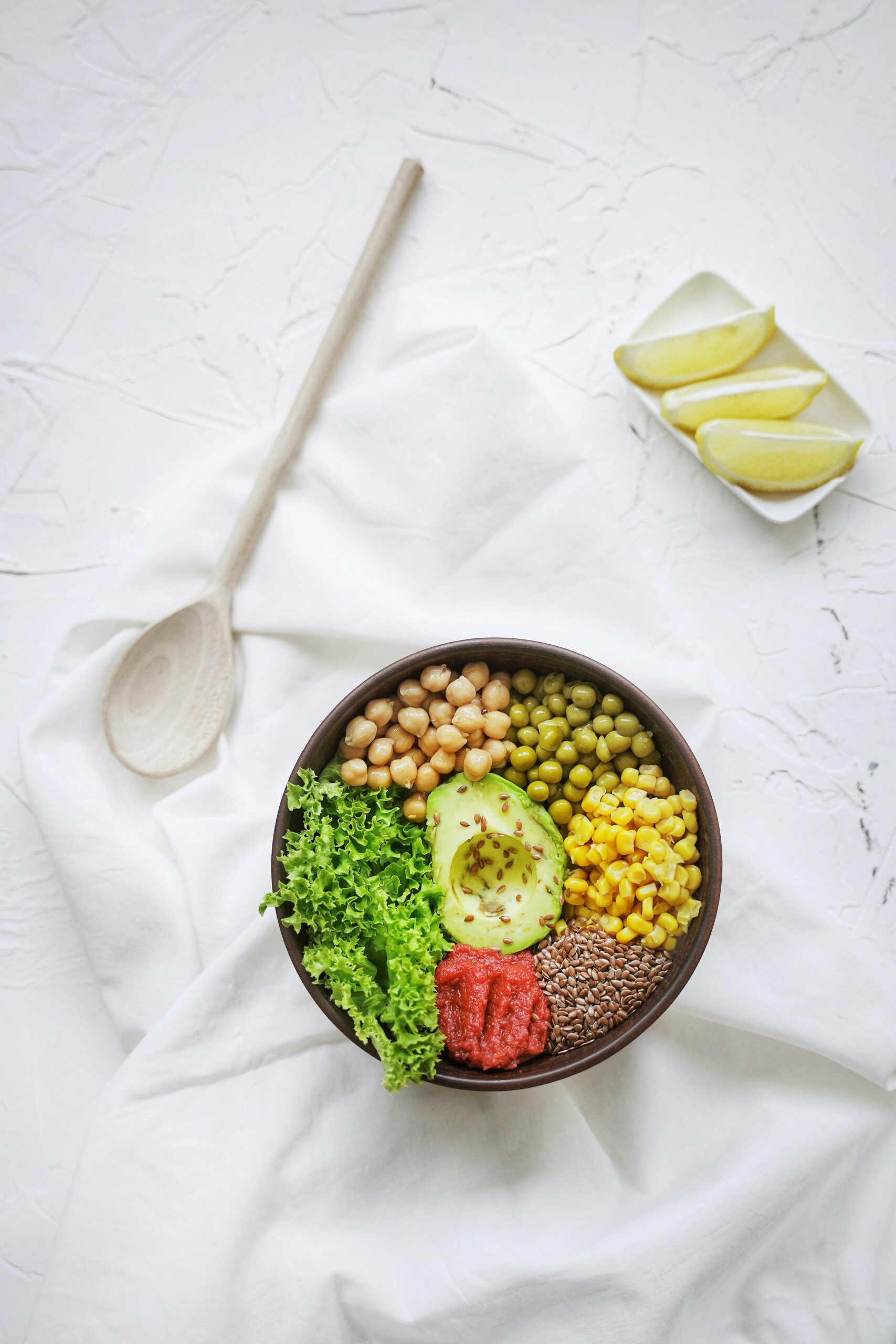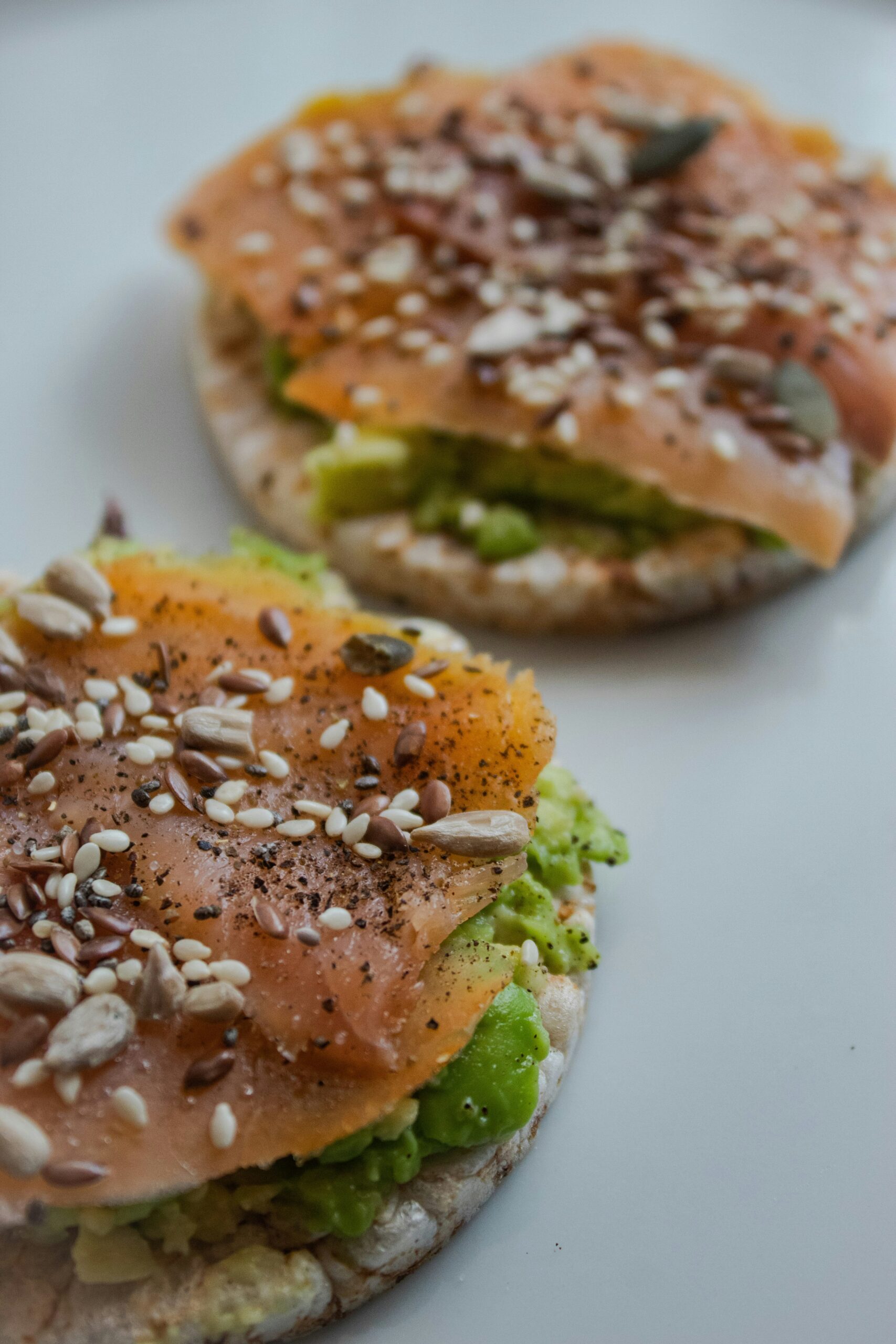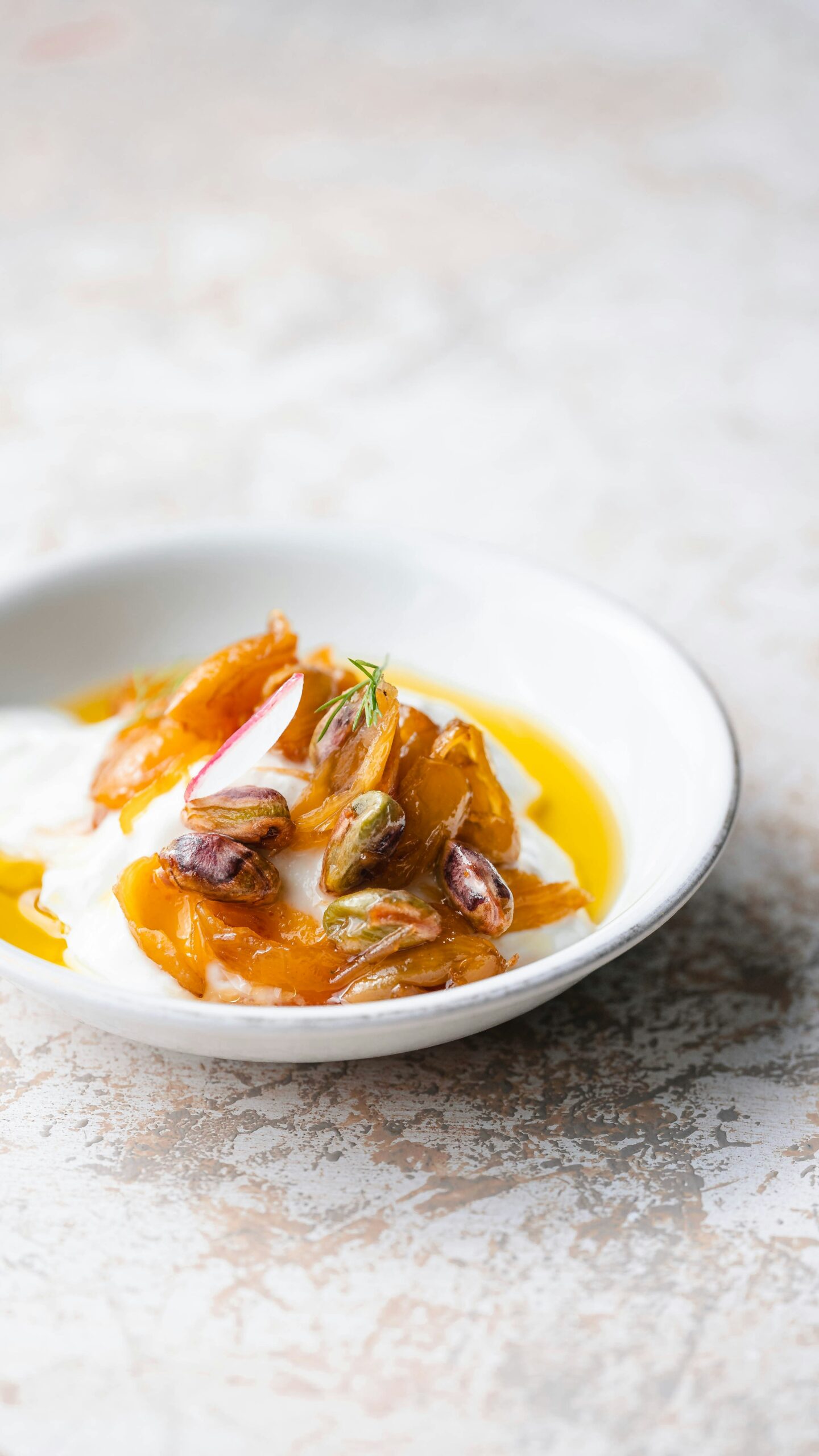The Importance of Protein in Our Diet
Protein is an essential macronutrient that plays a fundamental role in various bodily functions. It is vital for the growth, repair, and maintenance of tissues, particularly muscles. After engaging in physical activities, the body requires protein to aid muscle repair and recovery. This process is crucial for individuals participating in sports or exercise programs, as adequate protein intake can enhance muscular strength and overall performance.
Moreover, protein is a significant contributor to weight management. It is known to promote a feeling of fullness or satiety, which can help reduce overall caloric intake. Eating protein-rich foods can decrease hunger levels, making it easier to adhere to dietary goals. This characteristic is particularly beneficial for those looking to maintain or lose weight, as it can assist in achieving a balanced diet without excessive calorie consumption.
The recommended daily protein intake varies based on several factors, including age, activity level, and individual health goals. Generally, adults are advised to consume approximately 0.8 grams of protein per kilogram of body weight. However, this number may increase for athletes or individuals engaging in resistance training, with recommendations often ranging from 1.2 to 2.0 grams per kilogram. Additionally, older adults may require more protein to help prevent age-related muscle loss.
It is also important to consider the sources of protein in our diets. Animal-based proteins, such as meat, dairy, and eggs, are complete proteins, meaning they contain all nine essential amino acids. On the other hand, many plant-based proteins, such as legumes, nuts, and grains, may lack one or more essential amino acids. However, by consuming a variety of plant proteins, individuals can still achieve adequate protein intake while benefiting from the additional nutrients that plant foods offer.
Key Ingredients for High-Protein Bowls
Creating a high-protein bowl requires thoughtful selection of ingredients that not only provide protein but also enhance the overall nutritional value. Meat sources such as chicken, turkey, and lean cuts of beef are excellent for their high protein content. These options can be grilled, baked, or sautéed to introduce diverse flavors. Fish, particularly varieties like salmon and tuna, are also exemplary choices, offering both protein and healthy omega-3 fatty acids.
In addition to meats, legumes play a crucial role in boosting protein levels, especially for plant-based diets. Lentils, chickpeas, black beans, and kidney beans are rich in both protein and fiber, making them an ideal base for a nutritious bowl. Incorporating quinoa and farro not only adds protein but also introduces various textures that enhance the eating experience. These grains can serve as a hearty foundation upon which other ingredients can build.
Dairy products, such as Greek yogurt, cottage cheese, and cheese, are valuable for their protein content and add creaminess to the bowls. Eggs are another versatile ingredient, providing a complete source of protein. Boiled, poached, or scrambled eggs can elevate the dish while contributing essential nutrients.
To achieve a colorful and vibrant bowl, it is essential to include an array of vegetables. Leafy greens like spinach, kale, and arugula contribute vitamins and minerals while adding freshness. Bell peppers, tomatoes, sweet corn, and carrots not only enhance visual appeal but also provide additional nutrients. Including healthy fats from avocado, nuts, or seeds can improve satiety and flavor, promoting a more balanced meal.
Finally, experimenting with toppings and flavor enhancers, such as herbs, spices, and sauces, can further customize high-protein bowls. This creativity not only leads to delicious meals but also allows individuals to explore their culinary preferences. Nutrient-rich and satisfying, high-protein bowls serve as an excellent way to nourish the body while enjoying varied flavors and textures.
Delicious High-Protein Bowl Recipes
High-protein bowls are not only nutritious but also versatile and easy to prepare, making them an ideal choice for busy individuals. Below are several delicious and simple recipes that can be customized to suit different dietary preferences.
Quinoa and Black Bean Bowl: This protein-rich dish features quinoa as the base, complemented by black beans, corn, diced tomatoes, and avocado. To prepare, start by cooking the quinoa according to package instructions. In a separate bowl, mix drained black beans, corn, and diced tomatoes. Once the quinoa is cooked, combine it with the bean mixture, and top with fresh avocado slices. For an extra flavor kick, drizzle lime juice and sprinkle cilantro. This bowl is not only gluten-free but also vegetarian.
Chicken Teriyaki Bowl: For those who enjoy poultry, a chicken teriyaki bowl offers a delightful taste. Begin by grilling or pan-searing chicken breast, seasoned with salt and pepper. Once cooked, slice the chicken and set aside. In a bowl, layer short-grain rice or cauliflower rice, topped with stir-fried broccoli and bell peppers. Add the sliced chicken and drizzle with store-bought teriyaki sauce. Garnish with sesame seeds and green onions for a burst of flavor. This recipe provides a satisfying protein boost.
Chickpea Salad Bowl: A fantastic vegan option is the chickpea salad bowl. To prepare, combine canned chickpeas, diced cucumber, cherry tomatoes, red onion, and parsley in a mixing bowl. Dress with olive oil, lemon juice, salt, and pepper for a refreshing taste. Serve over a bed of mixed greens or spinach for added nutrients. This bowl is naturally gluten-free and packed with plant-based protein, perfect for nourishing meals.
These recipes emphasize simplicity, quick preparation, and the integration of high-protein ingredients. By customizing each bowl, you can cater to various preferences while enjoying nutritious meals that fuel your body effectively.
Tips for Meal Prep and Making High-Protein Bowls Last
Meal prepping is an invaluable strategy for busy individuals and families seeking to maintain a healthy diet while managing time constraints. High-protein bowls, which can be customized with diverse ingredients, are perfect candidates for this method. The first step in meal prep is to select a variety of protein sources, such as chicken, beans, tofu, or lentils. Batch cooking these ingredients can save time and ensure you have ample options throughout the week. For instance, grilling several chicken breasts or cooking a large pot of quinoa allows for easy assembly of high-protein bowls on busy days.
Storage is another critical factor for maintaining the freshness and quality of your meal prep. To keep high-protein bowls flavorful and safe to eat, invest in high-quality containers that are airtight and freezer-safe. These containers can help minimize spoilage and keep ingredients at their best. Additionally, consider portioning out individual servings, which makes it easier to grab a quick meal when needed. Be mindful of how you layer ingredients; storing sauces separately from fresh vegetables can help preserve the crunch and vitality of each component.
Reheating is an essential aspect of enjoying meal-prepped bowls. Microwave-safe containers are useful, though it’s advisable to reheat bowls in increments, ensuring that the food reaches a safe temperature without becoming overcooked. For a taste upgrade, experimenting with fresh herbs, spices, or a squeeze of citrus upon reheating can resurrect the flavors of your meal. Engaging seasonal ingredients not only adds excitement but also enhances nutritional value. For example, incorporating roasted butternut squash in the fall or fresh berries in the summer can elevate your high-protein bowls, making healthy eating an enjoyable and refreshing routine.




